This article was medically reviewed by Sarah Gehrke, RN, MS. Sarah Gehrke is a Registered Nurse and Licensed Massage Therapist in Texas. Sarah has over 10 years of experience teaching and practicing phlebotomy and intravenous (IV) therapy using physical, psychological, and emotional support. She received her Massage Therapist License from the Amarillo Massage Therapy Institute in 2008 and a M.S. in Nursing from the University of Phoenix in 2013.
There are 8 references cited in this article, which can be found at the bottom of the page.
This article has been viewed 61,214 times.
A uterine, or fundal, massage isn't something you hear a whole lot about, but it's actually a pretty common treatment after birth.[1] If you have trouble delivering your placenta, if your uterus is slow to contract, or if your doctor is worried about hemorrhaging, they might recommend a uterine massage. Typically, this treatment is combined with the use of medication.[2] However, you don't massage your own uterus. Instead, a doctor, nurse, midwife, or other birthing professional places 1 hand inside the birthing canal and massages the uterus from there.[3] After that, they may also ask you to massage your lower abdomen occasionally to help keep things on track.
Steps
Setting Up Your Uterine Massage
-
1Consult with your birthing professional. Uterine massage is typically performed immediately after birth to help with placenta delivery and to lessen the likelihood of hemorrhages. Uterine massages aren't necessary for everyone, though. Talk to your obstetrician, doula, or other birthing professional about when and why they would recommend a uterine massage.[4]
- Massage will typically be recommended if you had a long or complicated active labor, or if you lose more blood than anticipated during and immediately after labor.
- Massages may also occur every fifteen minutes or so for the first two to three hours after birth to help the uterus contract down.[5]
-
2Prepare a medication plan. Work with your birthing professional well in advance of your due date to create a medication plan to go along with your birthing plan. This way you will know well in advance if you anticipate being put on any medications that make uterine massage ineffective. Uterine massage is not recommended after childbirth if you received prophylactic oxytocin.[6]
- There is little evidence to suggest sustained uterine massage would be harmful for those who received oxytocin. It simply may not be effective, and may cause some discomfort.[7]
- Be prepared to be flexible with your medication plan. If complications arise during your delivery that necessitate extra treatment, it may be necessary to change what medications you receive.
Advertisement -
3Discuss massage types. A uterus massage isn't the same type of massage that you might get for your shoulders or back. It typically involves your delivery professional placing one hand up the birth canal and the other on top of your uterus on the outside of your body. They may then either compress the area for a few minutes, or use back-and-forth motions to massage the area.[8]
- Ask your birthing professional about which technique their staff practices and why. Get as much information as you feel you need to help you become comfortable with this process.
- Some doulas and midwives may practice other forms of uterine massage that come down through vernacular traditions. There is little scientific evidence either for or against such treatments.[9] Discuss the process and potential pros and cons prior to giving birth.
Receiving a Uterine Massage
-
1Empty your bladder. The realities of childbirth are that you will probably do this during labor and may not even realize it, but if you don't, try to find a way to empty your bladder prior to massage. A full bladder may push the uterus off to the side, which makes the massage process both uncomfortable and ineffective.
-
2Relax your body as much as possible. Uterine massages may take place immediately after birth, or may take places several minutes to several hours after delivery. Subsequently, it is a good idea to practice deep breathing and muscle relaxation immediately prior to and during the massage. Relax your muscle and take slow, calm breaths to help with the potential discomfort.[10]
- If you still have a pain management drug such as your epidural in your system, you may not notice any discomfort.
-
3Allow the massage to happen. If your birthing professional opts to perform a uterine massage, trust that there is a good reason for it. It may cause some discomfort, but it is important that you allow your birthing team to perform the massage as they see necessary, since it could help keep you healthy and safe after birth.[11]
-
4Ask for support. Just as you did through labor, you may choose to have a partner with you during the after-birth process, including the massage. Hold their hand or ask them to distract you to provide some comfort during the massage process.
Massaging Your Abdomen
-
1Get your doctor's approval. Your birthing professional may encourage you to massage your abdomen in the hours and days after birth. If, however, they do not directly tell you that you should self-massage, consult them before starting to do so.
- There may be a reason your birthing professional would not encourage self-massage.[12] It is always important to consult with them first, or you could risk unnecessary pain and damage to your uterus.
-
2Lie down flat and press at your belly button. Once you're flat on your back, place your flat palms on your abdomen at about where your belly button is located. If your uterus is hard, meaning that you feel resistance when you press down, you should not need to massage the area. If the area is soft and you feel little resistance, a massage may be recommended.
-
3Cup one hand. Take one hand and cup it slightly. Slowly move it in a circular motion over your lower abdomen. Do this until you feel your uterus contract.
- The uterus should feel firm when it contracts. It may be a little uncomfortable, but it will not last too long.
-
4Repeat the massage process as instructed. Your birthing professional will work with you to determine how many times a day you should massage your abdomen, and for how long. Follow their recommendations, and let them know if you experience any extreme pain or heavy bleeding during the massage.
References
- ↑ https://medical-dictionary.thefreedictionary.com/fundal+massage
- ↑ https://www.sciencedirect.com/science/article/pii/S002072921000281X
- ↑ https://www.aafp.org/afp/2007/0315/p875.html
- ↑ http://www.aafp.org/afp/2007/0315/p875.html
- ↑ https://www.thebump.com/a/what-really-happens-after-labor
- ↑ http://apps.who.int/iris/bitstream/10665/75411/1/9789241548502_eng.pdf
- ↑ http://apps.who.int/iris/bitstream/10665/75411/1/9789241548502_eng.pdf
- ↑ http://apps.who.int/iris/bitstream/10665/75411/1/9789241548502_eng.pdf
- ↑ https://pubmed.ncbi.nlm.nih.gov/23818022/
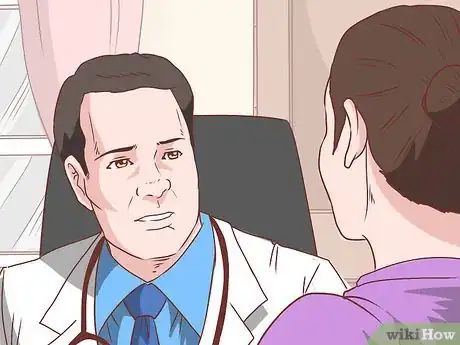
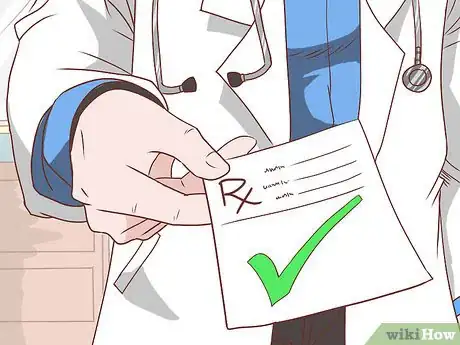
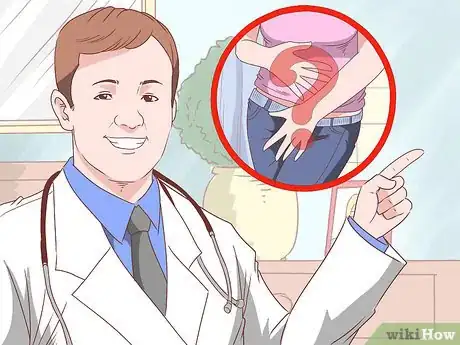
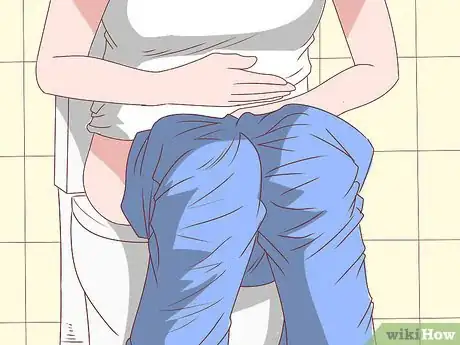

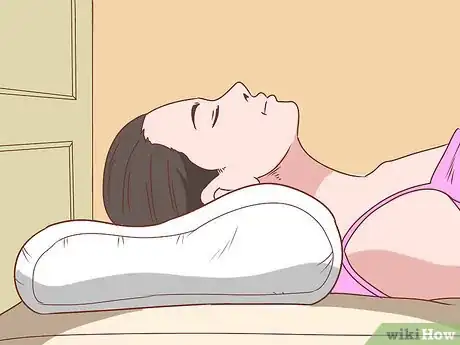
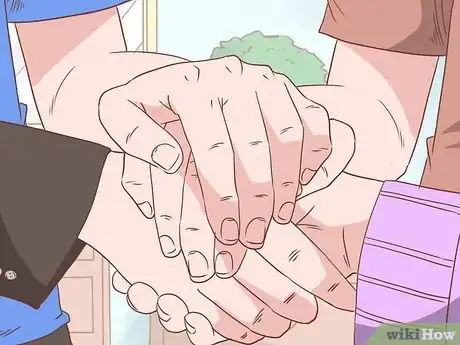

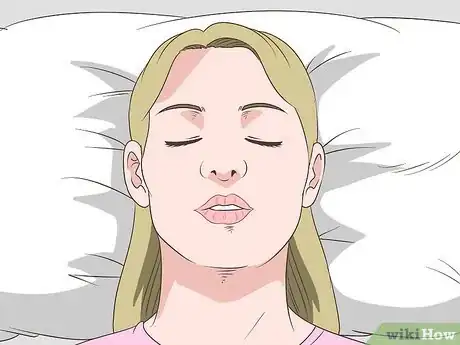

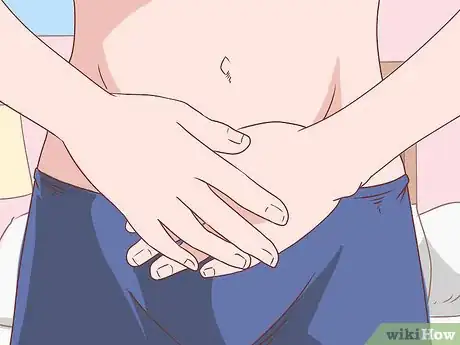

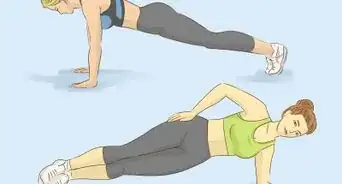
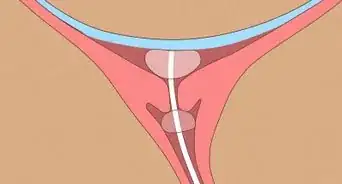
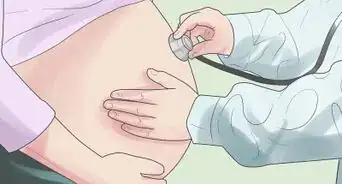



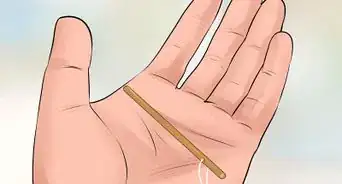
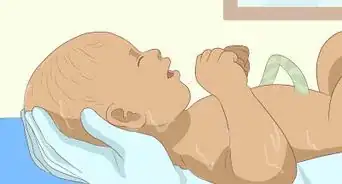












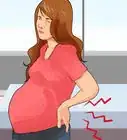

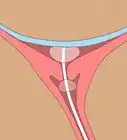




































Medical Disclaimer
The content of this article is not intended to be a substitute for professional medical advice, examination, diagnosis, or treatment. You should always contact your doctor or other qualified healthcare professional before starting, changing, or stopping any kind of health treatment.
Read More...